3 Decisions That Impact How A Project-Based Organization Manages Its Spend
By: Emily Nelson | September 14, 2021
ARTICLE — If your business is based on projects (for instance, if you’re in software development or construction), you know the importance of careful budget management. In essence, every project has different requirements, and in every project, you have to be wary about controlling expenses and ensuring that the expenditures don’t exceed the targets for that project.
If this is something your business is dealing with, consider a budget management solution that predefines budgets and then tracks expenditures against those authorized budgets.
Sound useful? Let’s talk about three key decision points a project-based company may need to make.
Key Decision Point #1: Segmentation
One of the first steps you’ll take during ERP implementation—and, by extension, during budget definition—is defining GL dimensions; NetSuite calls these “segments.” Segments can include the natural GL account, subsidiary, project, department, location, and line of business (LOB). Defining segments classifies all transactions in them.
You can define as many custom segments as needed to describe how transactions are posted to the GL.
Key Decision Point #2: Budget Configuration
Once budgets are defined for each project, project managers can configure PBC to support the following details:
- Transaction types: During implementation, the project team should decide which transactions require budget checking. Typically, these include purchase requisitions, purchase orders, vendor bills, journal entries, and expense reports.
- Level of control: To enforce maximum control and spend management, project managers can set each budget definition to “Control Mode.” This blocks the user from saving transactions that exceed the budget. PBC control options include:
- Control: Reject the transaction if there’s insufficient budget.
- Warning: Allow the transaction to proceed but notify the user of any budget violations.
- Warn on Over Budget Only: Allow the transaction to proceed and only notify users if they’re over budget. Transactions that don’t have a budget line will be tracked only.
- Exception conditions: Project managers can allow specific project tasks to go over budget, but not the overall project. This is accomplished in PBC through multi-level budgeting: users set one level of control as the default, but then use a different level of control in exception conditions, such as at a specific location or for a group of accounts.
- Tolerance: Each budget definition can also specify a tolerance level that allows users to spend beyond the allowed budget by a specified percentage or amount.
- Overrides: Project managers configure the NetSuite workflow to allow over-budget transactions to be approved or rejected.
Budget management isn’t something you worry about once and never think about again; over time, budgets need to be adjusted. Project managers can import new budget data using spreadsheets or directly into PBC through a native NetSuite user interface. Larger adjustments for future quarters and years can be managed through Oracle Planning and Budgeting Cloud Service (PBCS).
Key Decision Point #3: Transaction Control
For procurement governance, any transaction that consumes funds related to a project must pass a budget check. Again, PBC can perform this check automatically during any phase: purchase requisition, PO creation, purchase order approval, vendor bill (invoice) validation, or manual journal entry posting.
In general, transactions can be roughly divided into operational expenses (OpEx), to which no project is assigned, or capital expenses (CapEx), which are assigned projects and tasks.
For this use case, OpEx transactions don’t require a fund reservation, so these transactions receive a warning message, but processing can continue. CapEx transactions require strict control mode, which blocks users from saving transactions that are over budget.
If a transaction fails funds control due to insufficient funds, the NetSuite workflow requests further approval. This automatically notifies the budget manager, and the notification includes a link to the transaction details so that the budget manager can decide whether to override funds control. The budget manager dashboard lists which transactions are over budget and require overrides.
PyanGo Advanced Budgetary Control
Spend management has never been easier! With its seamless integration to NetSuite, PyanGo’s Advanced Budgetary Control gives project-based organizations a solution for managing the entire purchasing cycle with strict controls to ensure that projects stay within their budgets. PBC gives you much richer visibility and insight into how budgets are used than spreadsheet-based solutions. This gives your organization the information it needs to keep spending under control.
Contact us to arrange a product demonstration.




